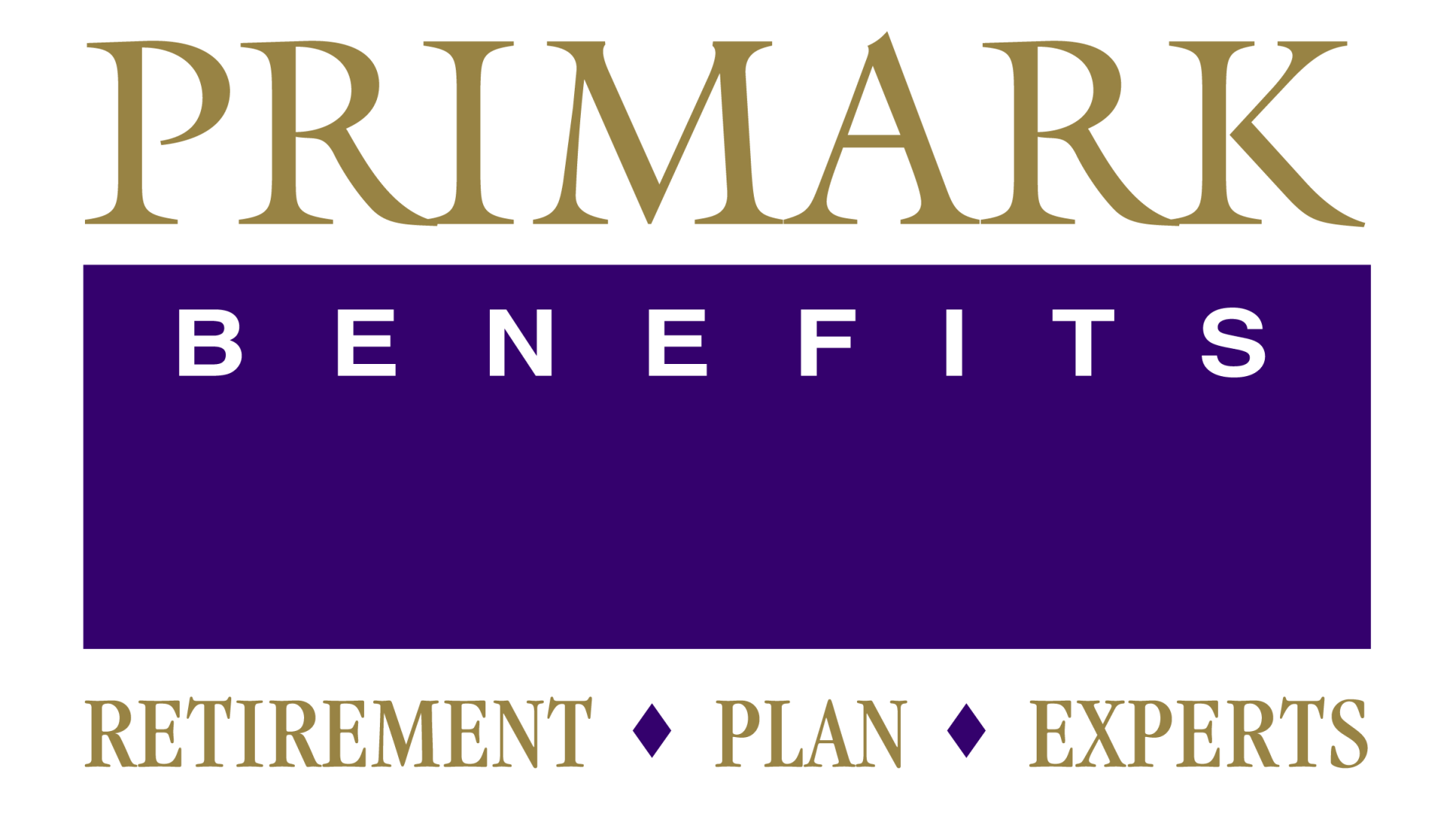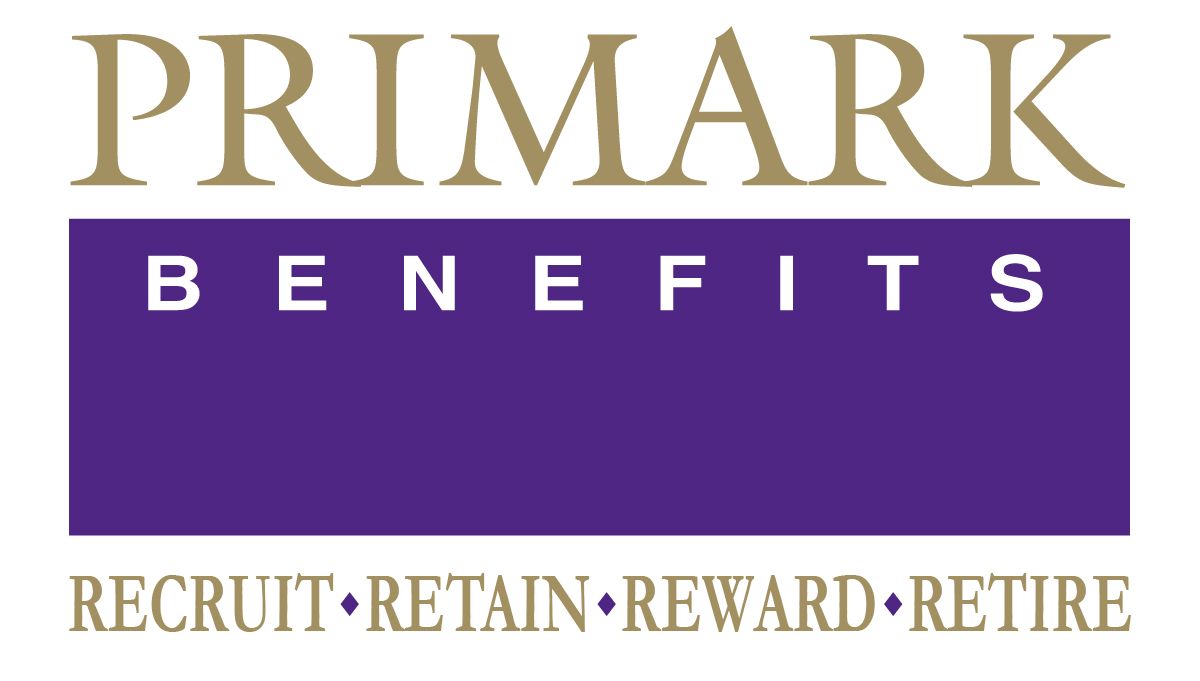PLAN DESIGN
Our biggest value really lies within our ability to create tailored plans for companies. Because we realize that every company is unique, our clients come to us for something other than the “cookie-cutter” solutions that many of the bigger providers offer.
The services we provide for our clients range from simple to very complex. Many of our clients want and appreciate simple plans that are cost-efficient without sacrificing careful design, timely reports, and participant materials that are attractive and easy to understand.
One of the strongest areas of our benefits practice is that of “tailored” plans. We know that one size does not fit all – We analyze the growth patterns, cash flow requirements and tax situation of your business to develop a benefit package tailored to your unique needs.
Many of our clients need sophisticated benefit planning to meet specific employee demographics or personal financial objectives. Whatever the special circumstances and objectives may be, we create the plan design that best accomplishes each client’s goals.
We offer innovative design techniques that allow our clients to convert tax dollars to employee benefits.





